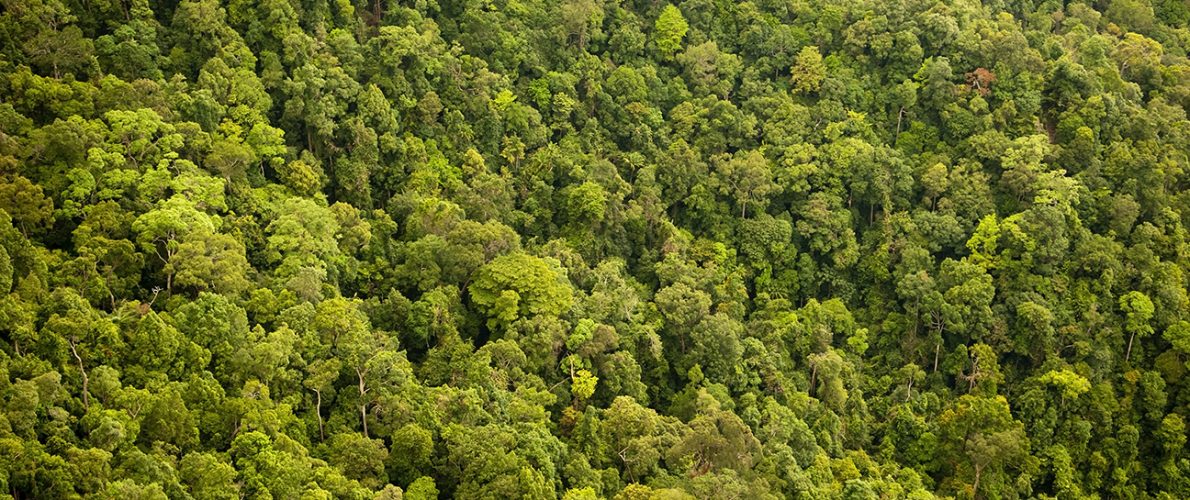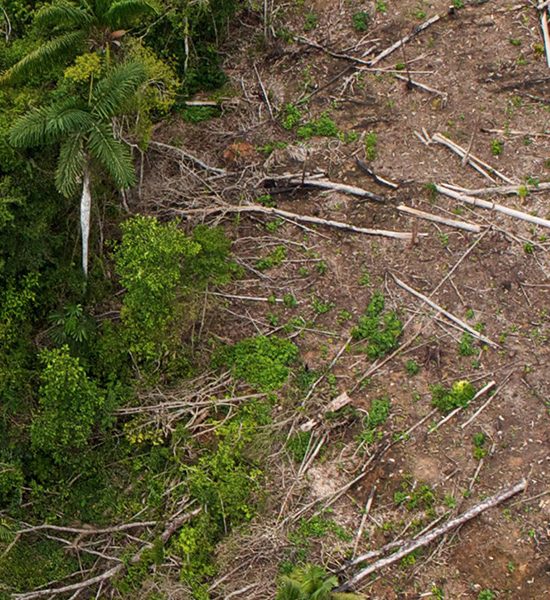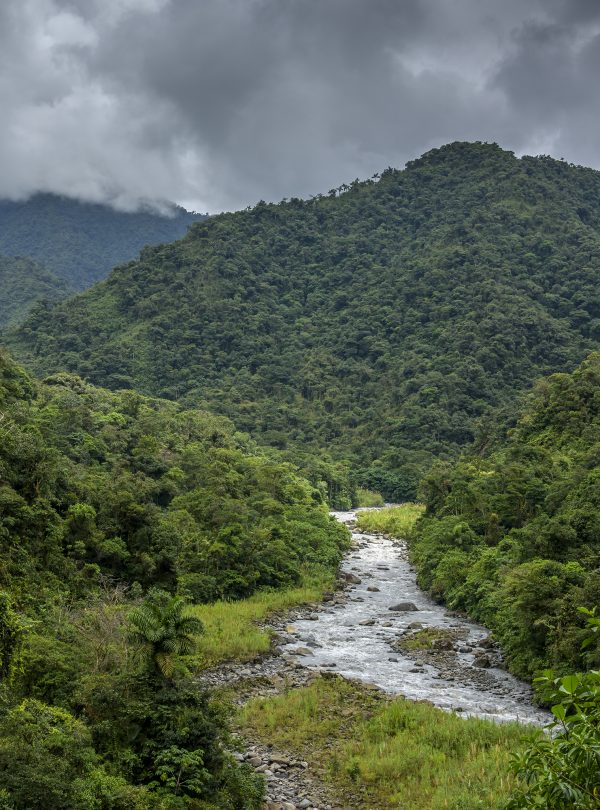
Empower Indigenous Communities to Protect a Cloud Forest in Peru
Support Other Projects Like ThisSupport Other Projects Like ThisThe lush green treetops of the San Cristobal Cloud Forest shelter threatened, endemic species.
-
Species at Risk
3 species
-
Carbon stored
15,437,299 mT*
*(metric tons of CO2 equivalents) -
Partner
Yunkawasi
-
130,337 Proposed Acres Conserved by
Designation
-
Project Cost: $1,447,026

130,337
The lush green treetops of the San Cristobal Cloud Forest shelter threatened, endemic species.
-
Species at Risk
3 species
-
Carbon stored
15,437,299 mT*
*(metric tons of CO2 equivalents) -
Partner
Yunkawasi
-
130,337 Proposed Acres Conserved by
Designation
-
Project Cost: £1,049,029

130,337
Safeguard a rare and beautiful Cloud Forest in Peru
The San Cristobal Cloud Forest of Peru is exceedingly rich in biodiversity, being located in the central region of the Tropical Andes Biodiversity Hotspot. It is also home to Huanca Indigenous Peoples, who have lived there for generations. But the landscape and biodiversity are threatened by unplanned development and unsustainable land use that are causing deforestation.
Rainforest Trust is working with our local partner, Yunkawasi, to establish a 130,337-acre protected area in the San Cristobal Cloud Forest. If we do not act quickly, the site will soon become heavily populated and the land will be lost forever.
Protecting the San Cristobal Cloud forest will safeguard the Peruvian Yellow-tailed Woolly Monkey (CR), Andean Night Monkey (EN) and Black-faced Black Spider Monkey (EN) from loss of their habitat.
Watch the recording of Rainforest Trust’s Field Journal: Peru—Saving the Peruvian Amazon with Indigenous Communities
Did you know?
Campesino communities of over 2000 people depend on the San Cristobal Cloud Forest landscape for their livelihoods.
Explore San Cristobal
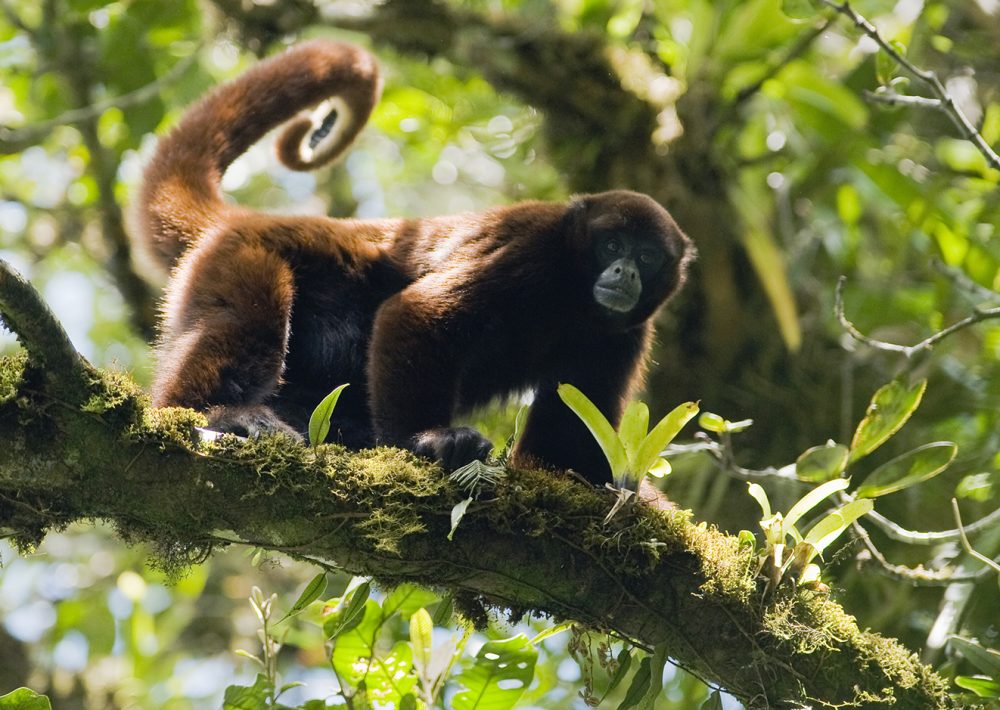
Peruvian Yellow-tailed Woolly Monkey (CR), by Kevin Schafer
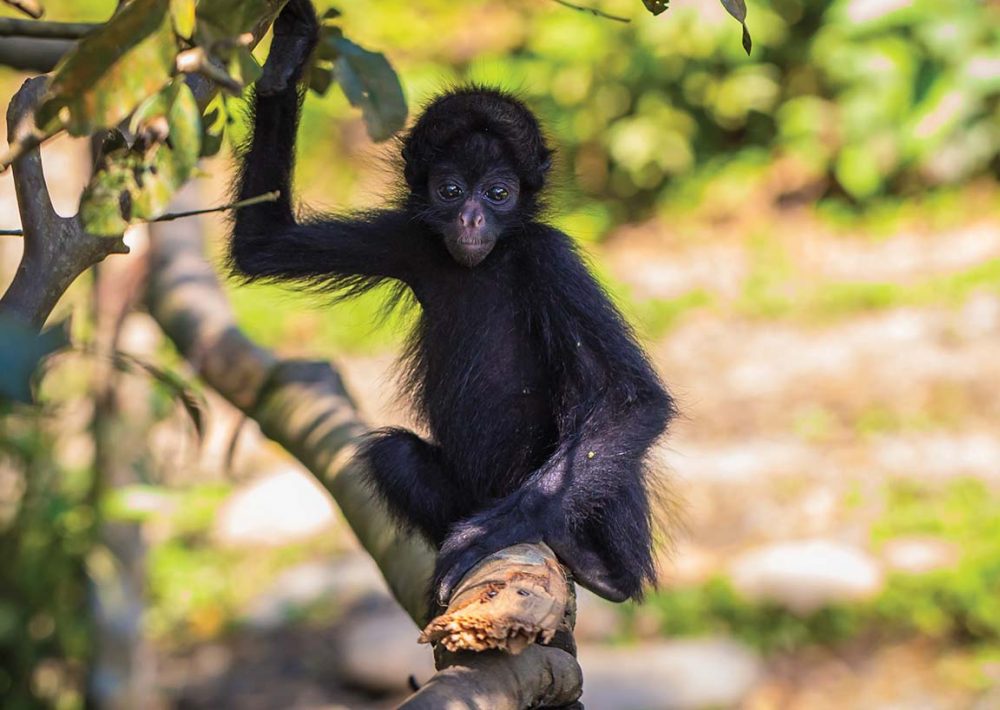
Black-faced Black Spider Monkey, by RP Baiao
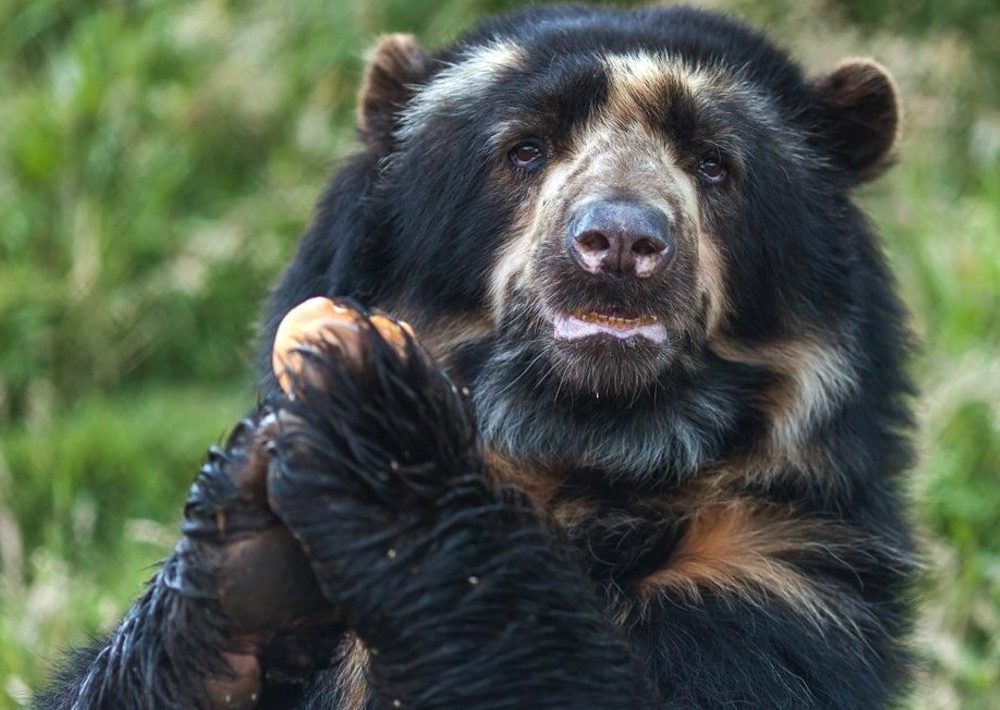
The Vulnerable Spectacled Bear, by Milton Rodriquez
Stop deforestation, help local communities
The steep slopes used to keep this forest remote and largely untouched, but now Rainforest Trust needs your help to save it as modern technology and improved transportation infrastructure have given easier access to those who wish to exploit the landscape for short-term monetary gain.
Unchecked deforestation has leveled swaths of trees for unsustainable cattle grazing and the area’s potential for mining is quickly attracting developers. Endemic species, like threatened monkeys, who rely on high-elevation forests for survival, are at serious risk of extinction.
The destruction of these forests releases millions of tons of carbon and threatens the only home of the Huanca indigenous people, who have lived there for generations.
Help us set a conservation standard in the region
Locally, your support will help the Huanca communities in and around the proposed site gain legal title to their lands; they have cultural traditions and forest stewardship practices that are threatened by deforestation. Our partner is also working closely with the Huanca people to minimize risks to this landscape by setting a standard for protection in the region.
Globally, the protection of this paradise will keep 15.5 million metric tons of carbon—nearly equivalent to the annual emissions of every passenger car in the state of Virginia—stored in our Earth.
